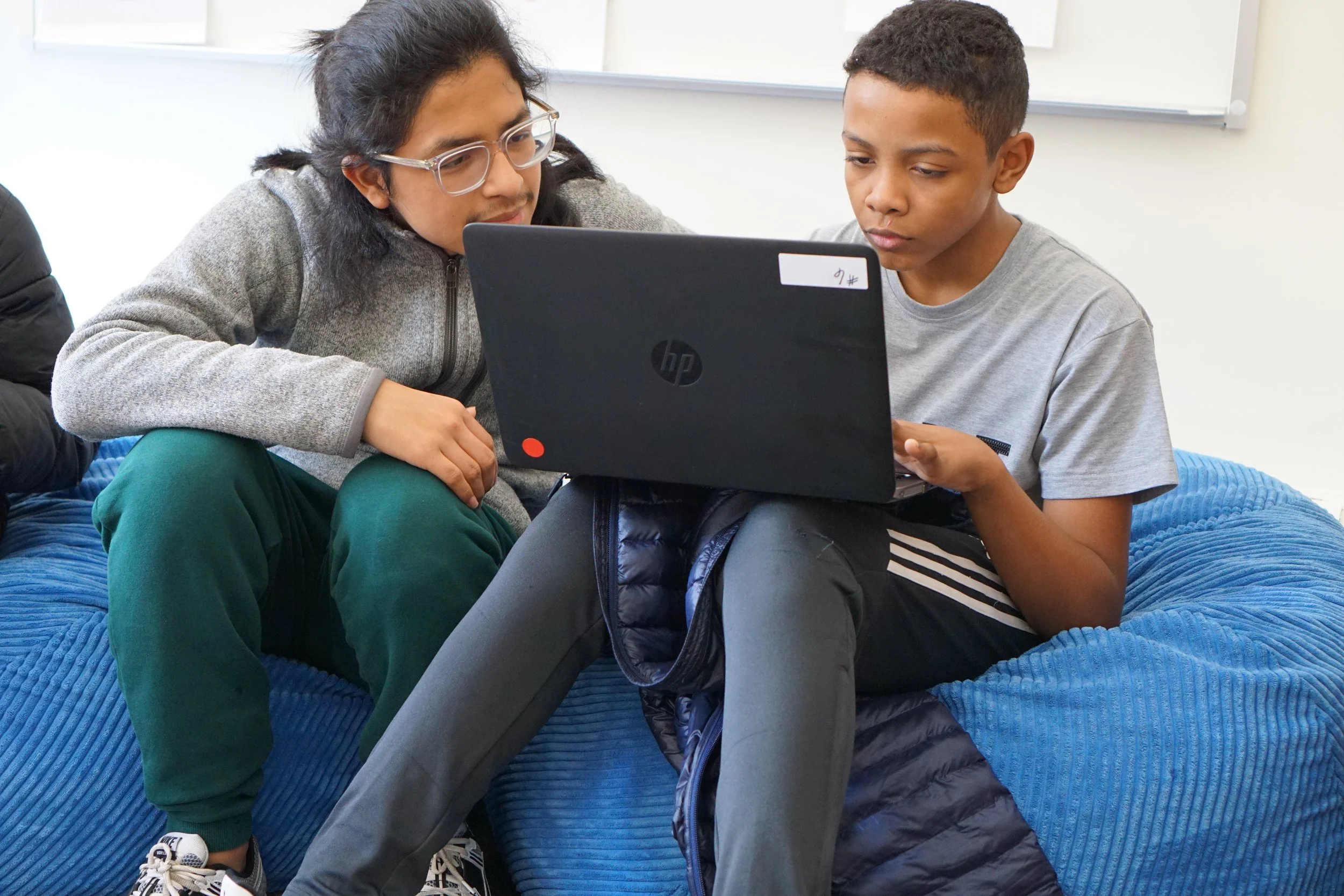Now the exciting part: BEAM 8th graders have received their admissions results!
Overall, 51% of BEAM students earned spots at high schools that BEAM rates as Tier 1. An additional 18% were offered seats at Tier 2 schools, and 21% earned spots at Trusted schools. In total, 90% of BEAM students earned spots at schools that BEAM rates as Trusted or higher.*
These results demonstrate achievement far outside of typical outcomes for underserved students in New York City.
*BEAM rates NYC high schools as Tier 1 (offers calculus and greater than 85% of students who begin in 9th grade graduate prepared for college), Tier 2 (good course offerings and greater than 70% of graduates are prepared for college courses), or Trusted (good support and acceptable course offerings). Of 400 public high schools in NYC, only about 40 qualify as Tier 1 by these metrics. All Tier 1 schools are highly selective for admissions, and many Tier 2 schools are, as well. Tier 1 schools include specialized high schools, like Brooklyn Technical High School, and early college programs, like Bard High School Early College.
Here’s a complete list of high schools admissions for BEAM students to date:**
Bard High School Early College (10)
The Beacon School (4)
Manhattan Center for Science and Mathematics (9)
Manhattan/Hunter Science High School (2)
University Heights High School (5)
Benjamin Banneker Academy
Midwood High School (4)
Young Women's Leadership School
Central Park East High School (2)
East Side Community School
Academy of American Studies
Aviation Career & Technical Education High School (4)
Bedford Academy
Frank Sinatra School of the Arts High School
Leon M. Goldstein High School for the Sciences
Maspeth High School
Medgar Evers College Preparatory School (2)
Park East High School
A. Philip Randolph Campus High School
Academy for Software Engineering
High School of Telecommunication Arts and Technology
Pace High School
Pathways in Technology Early College High School
Urban Assembly Gateway School for Technology
Urban Assembly Maker Academy (2)
Urban Assembly NY Harbor School
Urban Assembly School for Applied Math and Science (2)
Urban Assembly School for Criminal Justice
Wadleigh Secondary School for the Performing & Visual Arts
Washington Heights Expeditionary Learning School (2)
Inwood Early College for Health and Information Technology
Mott Hall Bronx High School
Repertory Company High School for Theatre Arts
The Williamsburg High School of Art and Technology
BEAM students also received admissions offers from the following Specialized High Schools:
Brooklyn Latin (4)
Brooklyn Technical High School (2)
High School for Math, Science and Engineering at City College (2)
Queens High School for the Sciences at York College
Stuyvesant
Students admitted to Specialized High Schools will choose between these schools and other admissions offers they received.
We are incredibly proud of our students!




















